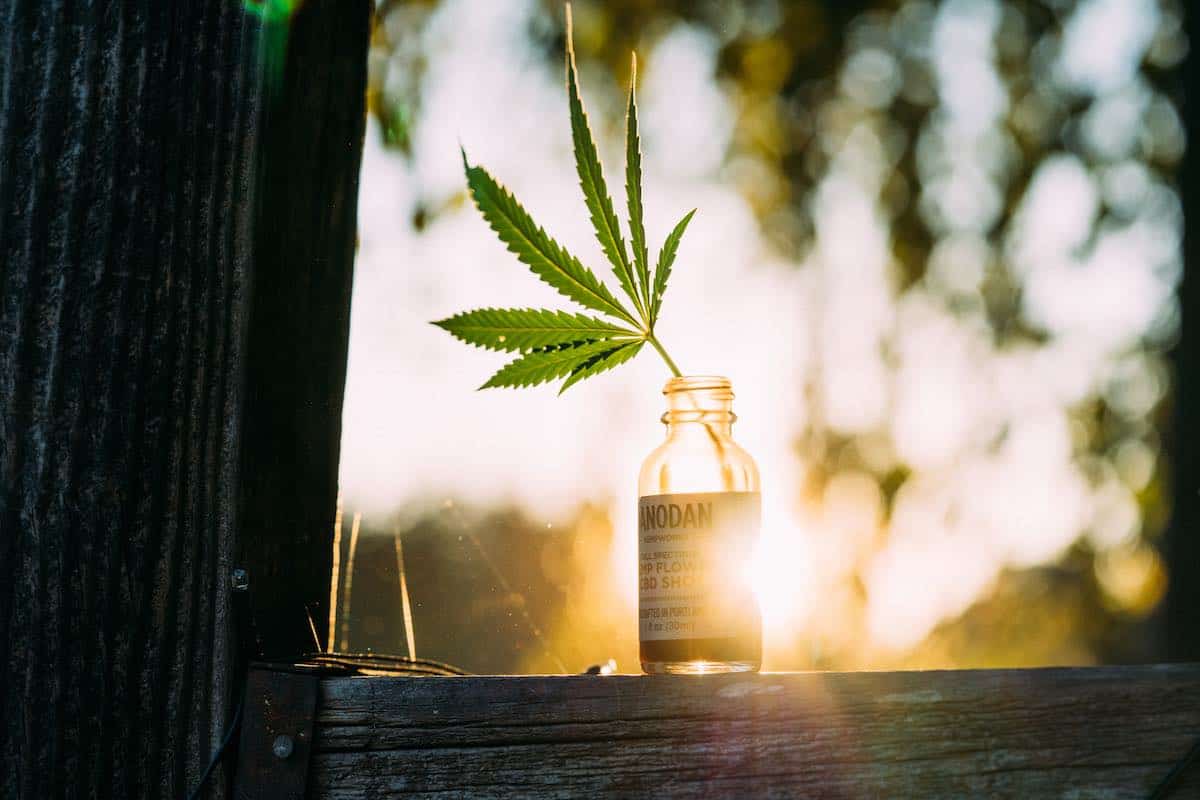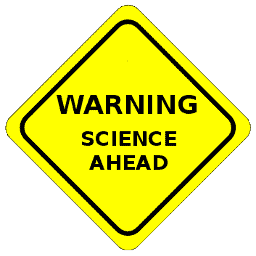
It’s a recurring theme that we continue to learn more about the various cannabinoids found in hemp. As soon as one is discovered, researchers work to uncover its potential to support human health. First, it was CBD, and now CBDA is gaining some notoriety. When it comes to CBDA vs CBD – what’s the difference? Let’s find out.
A is for ‘Acid’
The ‘A’ on CBDA means that the molecule is in the acid form. Therefore, it is called cannabidiolic acid (as opposed to cannabidiol, which is CBD). Being in the acid form means the molecule has an extra part, known as a carboxyl group.
When cannabinoids like CBD and THC are in living and dried hemp flowers, they exist in the acid form. This form is less stable and not as easily utilized in our bodies in the same way as CBD.
Potential CBDA Benefits
New research is showing that CBDA may work in other ways. A 2016 research review shows promise for CBDA in therapeutic settings. CBDA was found to be very effective at reducing nausea and vomiting. This is because it binds very well with a serotonin receptor – 5-HT – that influences these conditions.
This research is exciting, especially for those experiencing intense nausea during chemotherapy treatment. This severe nausea can be so conditioned that patients become nauseous by simply entering the hospital, which is known as anticipatory nausea. In early studies, CBDA appears to be a potential therapy for anticipatory nausea, and more research is underway.
Beyond these very clinical uses, CBDA’s affinity to the 5-HT receptor may have other potential functions. Serotonin is very important for many bodily functions, from eating and digestion to sleep, motor skills, and emotions. If serotonin levels are too high or too low, then have adverse effects in these areas can result. Research on CBDA shows that it may help regulate and moderate serotonin at healthy levels, keeping these essential functions in balance.
CBDA is also shown to potentially inhibit the COX-2 enzyme. COX-2 is produced in nerve cells and plays a pivotal role regarding inflammation and pain. CBDA may help moderate COX-2, and researchers have even found that CBDA has a chemical structure very similar to that of many NSAIDs – anti-inflammatory drugs like aspirin.
Further research is needed to better understand all of the potential uses of CBDA.
How does CBDa become CBD?
The difference between CBDA vs CBD occurs through a process called decarboxylation. This means removing the carboxyl group mentioned above, which turns CBDA into CBD. This is commonly referred to as decarbing.
By decarbing CBDA into CBD, it supports our endocannabinoid system in different ways. Simply put, CBD helps our physiological processes that support homeostasis – balance – throughout our entire body.
At Danodan, we have both CBDA and CBD products. Our CBDA+ Organic CBDA Tincture contains both CBDA and CBD at about a 2:1 ratio, which delivers the benefits of both cannabinoids. CBDA+ adds an exciting new dimension to the Danodan product line.
Most of our products focus on CBD as the primary cannabinoid. For these, we decarb by gently heating our hemp flower and glycerin infusion for an exact period of time. We accomplish this at just the right temperature. Our method is by far the gentlest for decarbing CBD, and that is why it leaves many other plant compounds intact as well.
Other companies use more aggressive methods for decarbing CBD. These include using high heat (burning), roasting hemp flowers in an oven, or even boiling them in water. These methods may take less time, but they can also negatively affect the other plant compounds that work in concert with CBD.
CBDA vs CBD: Different uses for different molecules
We continue to learn more about CBD, CBDA, and how they can support our well-being. Given insights like these, it is exciting to imagine what scientific breakthroughs are around the corner.
CBD has many broad health-supporting uses, especially when it is gently processed like in our hemp flower infusions. On the other hand, CBDA may have more targeted uses. So when you’re thinking about CBDA vs CBD benefits, know that CBDA may have a more specific uses while CBD is better for supporting whole-body health.
Resources
Rock EM, Sticht MA, Limebeer CL, Parker LA. Cannabinoid Regulation of Acute and Anticipatory Nausea. Cannabis Cannabinoid Res. 2016;1(1):113-121. Published 2016 Apr 1. doi:10.1089/can.2016.0006
Formato M, Crescente G, Scognamiglio M, et al. (‒)-cannabidiolic acid, a still overlooked bioactive compound: an introductory review and preliminary research. Molecules. 2020;25(11):2638.
https://www.leafly.com/news/cbd/what-is-cbda-cannabidiolic-acid-marijuana-cannabinoid
https://www.projectcbd.org/guidance/decarboxylating-cannabis
Want to learn more about other hemp-based cannabinoids? Check out this recent post discussing What is CBG?
